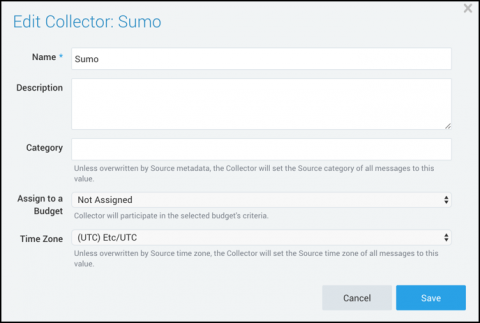ChaosSearch Data Refinery: transform without reindexing
Traditional databases suffer a problem when ingesting data. They operate on a schema-on-write approach where data indexed must have a predefined schema as you ingest your data into the database. This schema-on-write model means that you need to take time in advance to dive into your data and understand what is there, and then process your data in advance to fit the defined schema.











